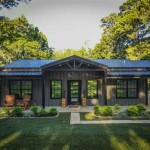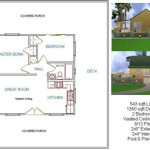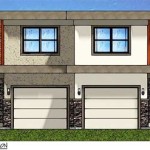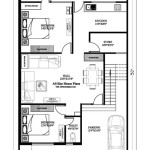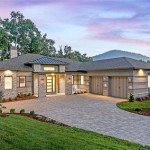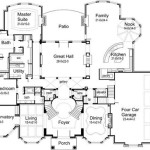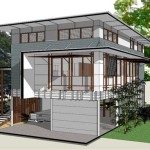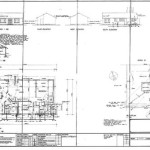Pole Shed House Floor Plans: A Comprehensive Guide
Pole shed houses, also known as pole barns, have gained popularity as versatile and cost-effective housing solutions. With their open floor plans and ample natural light, they offer a unique and practical living experience.
When designing a pole shed house floor plan, several factors must be considered, including the intended use, available space, and budget. This guide will provide an overview of the different types of pole shed house floor plans, their advantages, and considerations for creating a functional and livable home.
Types of Pole Shed House Floor Plans
Pole shed houses can be classified into various floor plans, each with its own distinct features:
- Rectangular Floor Plan: The most common type, rectangular floor plans provide a simple and efficient layout with straight walls and a rectangular footprint.
- L-Shaped Floor Plan: This type creates two distinct wings connected at a 90-degree angle, offering more privacy and separate living areas.
- T-Shaped Floor Plan: Similar to the L-shaped plan, a T-shaped plan adds a perpendicular wing to the main rectangular area, providing additional space.
- U-Shaped Floor Plan: A U-shaped plan consists of three wings arranged in a U-shape, creating a central courtyard or outdoor living area.
Advantages of Pole Shed House Floor Plans
Pole shed house floor plans offer several advantages:
- Open and Flexible Layout: Pole shed houses have large, open floor plans with minimal interior walls, providing flexibility for customization and changes over time.
- Natural Lighting: Large windows and high ceilings allow for ample natural light, creating a bright and airy living environment.
- Cost-Effective Construction: Pole shed construction is typically less expensive than traditional stick-built homes, making it an affordable housing option.
- Durability: Pole barn structures are designed to withstand high winds and heavy snow loads, ensuring longevity and resilience.
Considerations for Pole Shed House Floor Plans
When designing a pole shed house floor plan, consider the following:
- Intended Use: Determine the primary purpose of the space, whether it will be used solely as a residence, a workshop, or a combination of both.
- Available Space: Carefully measure the available land area and determine the optimal footprint for the house.
- Budget: Set a realistic budget and factor in the cost of materials, labor, and any additional features.
- Site Conditions: Consider the topography of the land, soil conditions, and access to utilities.
- Building Codes: Ensure the design complies with local building codes and regulations.
Conclusion
Pole shed houses offer a unique and functional solution for homeowners seeking a cost-effective and adaptable living space. By understanding the different types of floor plans, their advantages, and the considerations involved, you can create a pole shed house floor plan that meets your specific needs and preferences, creating a comfortable and livable home that will stand the test of time.

Images Barn Homes Floor Plans Pole House Barndominium

Pole Barn Home Plans Design Cad Pro

35 X50 Barndominium Floor Plans House Pole Barn

Pole Barn Homes 101 How To Build Diy Or With Contractor

40x60 Pole Barn House Plans Barndominium Floor

Barndominium Plans Stock And Custom S Faqs Tips

Residential Pole Buildings Post Frame Barn Homes Lester

Barn Style House Plans In Harmony With Our Heritage

Best 20 Pole Barn House Plans Ideas On Metal Barndominium

Residential Pole Buildings Post Frame Barn Homes Lester

